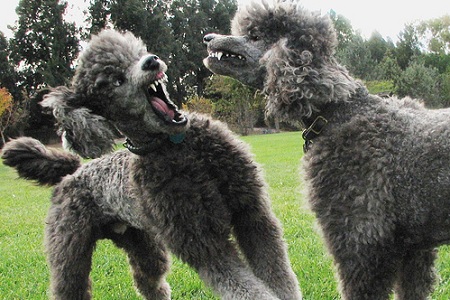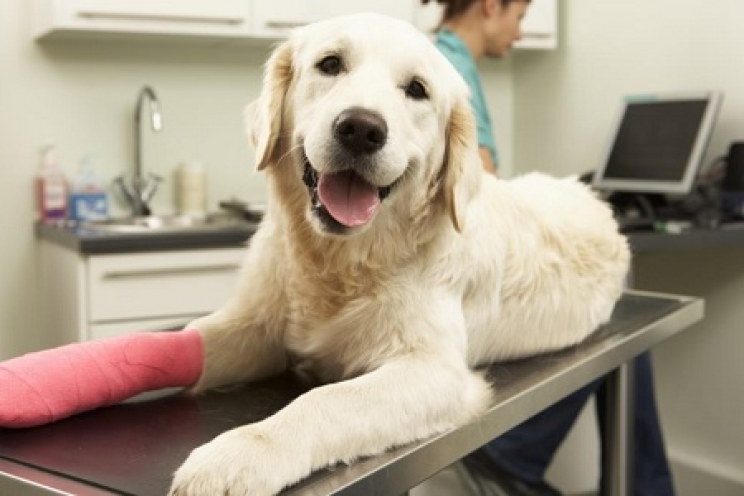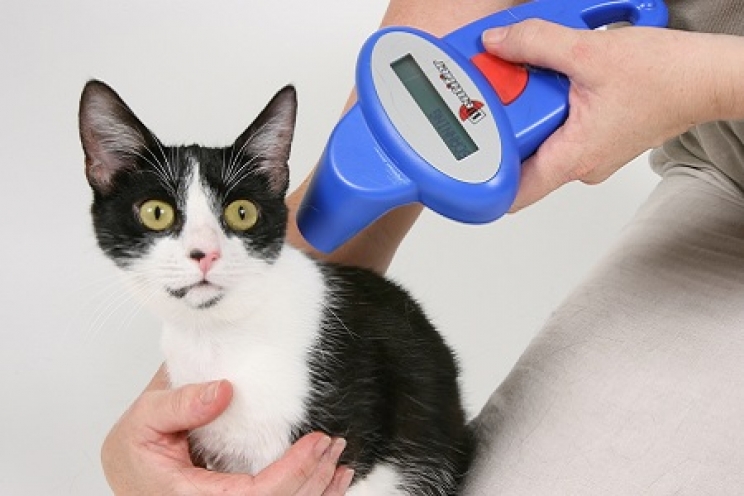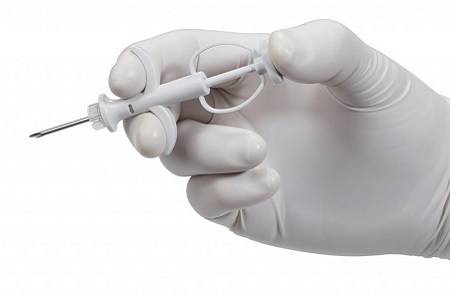Has your dog tried to bite someone in the past and you fear he may do it again and get you into trouble? Would you like to economically protect yourself from any accidents or illnesses that require surgery? From today on this is no longer impossible, thanks to the numerous insurance policies for dogs.
In recent years, there has been a great diffusion of dog insurance, both by specialized insurance companies and in the context of classic home insurance policies. What may seem like an exaggerated choice, might actually be a very useful and also very requested possibility.
Too often, in fact, we hear about legal disputes caused by real or presumed attacks that a dog may have committed against adults, children and other animals.
In most cases, it is above all the elderly neighbour on the second floor, who can't wait for our dog to make a small mistake to force us to get rid of it, getting rid of the long night barks and the smells that are perceived from the stairs of the building.
This is how as soon as our dog barks at her, probably for normal not aggressive causes, the old lady will run to the brigade to report the incident, perhaps even asking us for moral damage for the fright suffered by her poor weak heart.
It can happen, however, that our dog can actually attack someone physically. For example, one of the most frequent situations is that of a walk in the countryside. We arrive on the path; we free him from the leash, without noticing the presence of another dog. The two animals fail to reach a compromise and fight.
If in this context, the owner of the other dog intervenes to bring its pet away from the battlefield and inevitably takes a bite, the situation can really degenerate.
According to current regulations, when our dog bites a person or another animal, the responsibility for the physical or moral damage suffered by those who have been attacked is always of the owner of the aggressive dog.

Typical unforeseen events are no exception, for example if the dog ran away unnoticed, if he was still brought on a leash or if we did everything to try to stop the aggression.
To avoid having to pay our liability, we can take out a dog's Civil Liability insurance policy against things or people, including of course other animals. This type of policy also protects the owner in the event of physical and moral injury and in the worse cases, death.
The Civil Liability only covers claims made against the owner, but remains exempt from criminal liability.
At the same time, we will be able to receive assistance even in the event that people or other animals attack our dog.
Another type of insurance coverage that some of these policies offer is also one that allows you to receive partial reimbursement of veterinary expenses necessary for surgery following injuries and certain diseases. This includes hospitalization costs, treatment, physiotherapy and other forms of assistance, excluding congenital or hereditary diseases, neoplasms and interventions or treatments that are not necessary or not prescribed by the veterinarian.
In some cases, it is also possible to receive legal assistance in case of complaints against us or if we want to bring forward a dispute towards the person or owner of the animal that attacked our dog.
Each policy provides different characteristics depending on the needs of the owner of the animal, the type of event from which you prefer to protect yourself and the breed of the animal. Dogs that are close to old age are generally excluded from insurance coverage, as these animals are more likely to suffer from health problems.
In any case, the formula for this type of insurance is the same as for all other policies.
The owner of the dog must pay a variable amount on a regular basis, which is called the insurance prize. In exchange for this amount, the insurance company or entity to which you are contacting offers us economic coverage in the event of all the situations provided for in the contract.
Some policies also provide the possibility to pay a lower premium if our dog has been particularly “good”, and on the contrary a higher premium if we had to contact the insurance company for assaults often.
If you are interested in taking out an insurance policy for your dog, consult one of the offers available online or ask your insurance company if they offer this service.












